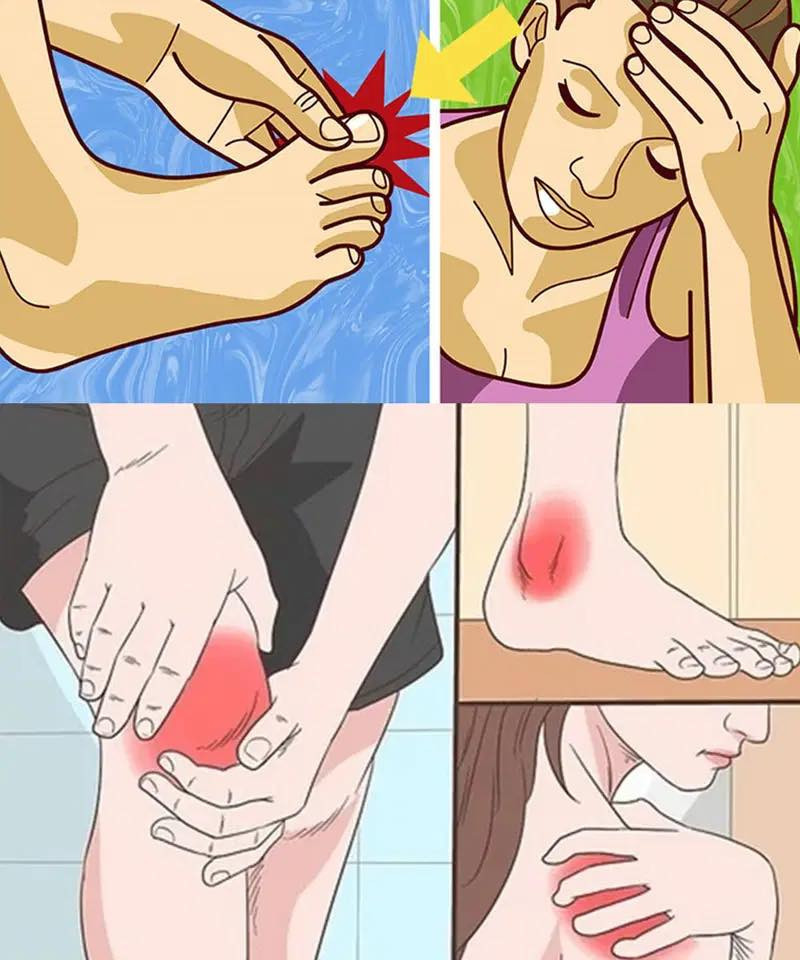You’ve probably heard of hyperuricemia, a condition characterized by high uric acid levels in the blood. But what exactly causes it? And how can it affect your health?
High Uric Acid: Causes, Symptoms, and Treatment.
Uric acid is naturally produced in the body during the breakdown of nucleic acids (DNA and RNA). It is also formed in smaller amounts when purines—proteins found in certain foods—are metabolized. A diet high in purines leads to increased uric acid production.
Normally, the kidneys filter and eliminate uric acid without difficulty. However, problems arise when the body produces too much uric acid or cannot eliminate it properly. In such cases, uric acid can crystallize and accumulate in the joints, causing severe pain.
Common causes of high uric acid

Overproduction of uric acid by the body
Kidney dysfunction leading to poor excretion
High intake of purine-rich foods
Alcohol and substance use
Additional risk factors
Regular caffeine or alcohol use
Family history of gout
Use of iodinated contrast material for X-rays
Chronic stress
Conditions such as hypertension, diabetes, obesity, and high cholesterol
Symptoms
High uric acid often goes unnoticed initially. A significant complication, however, is gout, caused by the buildup of uric acid crystals in the joints.
Other signs include:
Swollen, red, or painful joints
Limited joint movement, especially in the fingers, knees, ankles, heels, and toes
Joint deformities in severe cases
Recurrent kidney stones that cause back pain and difficulty urinating
Treatment
The main goal is to lower uric acid levels. This typically includes:
Dietary changes: Avoid purine-rich foods and drink plenty of low-mineral water
Medications: Anti-inflammatory medications to control pain and medications that reduce or block uric acid absorption
Preventive medications: Xanthine oxidase inhibitors may be prescribed for long-term control, not just during flare-ups
Continued on the next page
